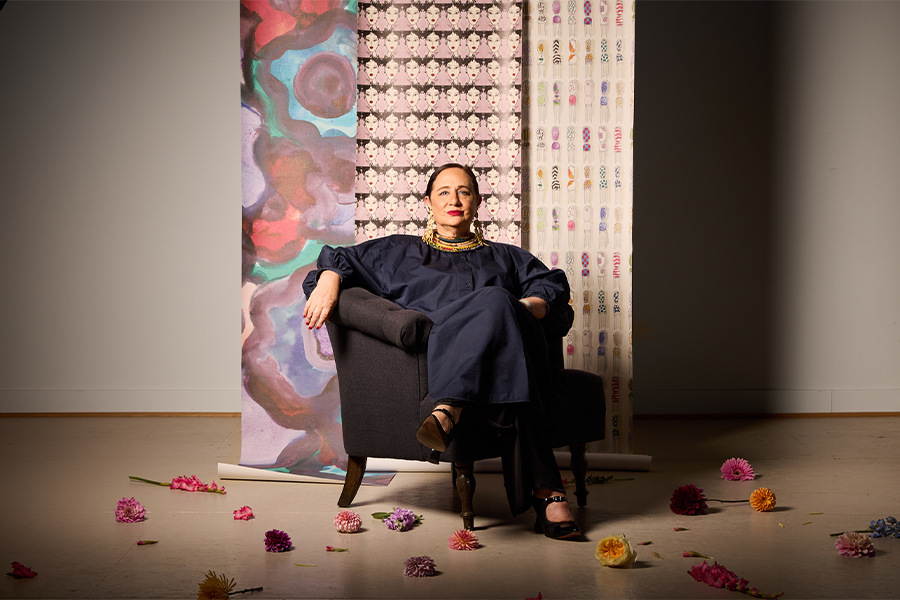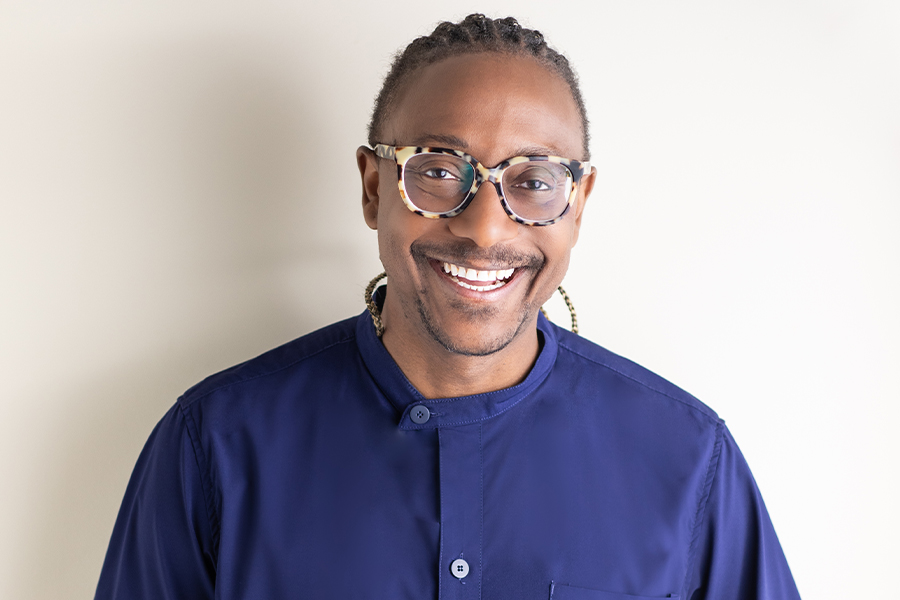For New York-based Maria Lee, creating timeless spaces that call upon a site’s characteristics and culture is of the utmost importance. The designer began her practice, Dimension New York, in 2015, and has been applying creative solutions to hospitality, commercial, and residential projects ever since. Here, Lee discusses early influences, her decision to go out on her own, and what her five-year-old firm has on the boards.
How did where you grow up influence your career path?
The West Coast, and specifically California—with its space, light, mountains meeting water, and the desert—provided a natural canvas for a career in design. Coupled with the people, culture, and diversity, it has truly been a source of inspiration, as well as a refuge where I can return to recharge and find new avenues for expression.
What are some of your first design memories?
My early memories of design were a confluence of stimuli—shapes took form as music played on the radio or record player. My sketches were based on being immersed in that sound. Transforming the feelings and emotions from the music around me into tangible stories I could convey through drawing was so satisfying, and would leave me smiling at what I had created.
Give us a bit of your background: college, first jobs, early lessons learned.
Some of the most memorable lessons learned pre-dated my time at Pepperdine University [in Malibu] and my graduate studies at UCLA. Namely, that no matter the problem, so long as I focused on the solutions and consistently worked hard, things would work out. Having the opportunity to be a tutor for special needs students taught me early on to acknowledge the challenges and obstacles, but stay focused on the various ways to formulate solutions. In designing hospitality projects in the U.S., Europe, and Asia, this has been one constant: There tends to be more than one solution, even to the most persistent challenge.

The lobby at 440 Washington in Manhattan’s Tribeca neighborhood
Why did you decide to launch Dimension NY?
The culmination of more than a decade of experiences—differing techniques, approaches, and expressions. It was a natural progression, as I gained insight into the owner’s perspective and focused on the metrics most important to brand and owner. I drew upon the creative experiences that most resonated with me, combining the owner’s interests with natural expression. Once the two merged, I knew I was ready to begin Dimension NY.
How would you describe your firm’s style?
One particular style is hard to pin down. But I would say open, in as many ways as possible. We have such diverse projects spanning traditional, modern, and vintage. If I had to choose three words that I hope emanate from each project, they would be progressive, simple, and timeless. I have always pushed for new approaches and ideas that build upon what can be better, and ultimately reflect the inspiration of the people and culture of the source location.

A Dimension New York-designed lobby in Downtown Los Angeles
Describe your most recent projects.
At the 440 Washington luxury apartment building we had the opportunity to work closely with the owners to create a reflection of what makes Tribeca unique. Allowing classical themes to be interwoven with modern implementation, Tribeca remains timeless, and we strived to achieve the same feeling within the project. We have also continued to craft specific designs for our Manhattan clients, including the model rooms at the Millennium Hilton New York Downtown, a bespoke gourmet fine foods market in Tribeca, and a new boutique mixed-use building located in the Hudson Square area of SoHo. We are also proud to be designing the Renaissance Charter School 2, which is a new K-12, 100,000-square-foot school in Queens, New York.
What architect or designer do you admire most?
I have always been drawn to Daniel Libeskind. His work is profoundly emotional to me, and his designs possess a complex strength that cannot be ignored.
What is your dream project?
My dream project would be designing a wellness space that provides a destination and unique experience for guests to focus on personalized regeneration, as well as physical and mental wellbeing. Busy schedules, hectic work, and personal obligations are a constant, and we sometimes forget to be mindful of our emotional development and physical health.

A greenhouse at the Renaissance Charter School 2, shown in a rendering
If you could have dinner with anyone, who would it be? Where would you eat and what would you be having?
My mother. She always is my choice, and the location and menu would be her choice. She would probably request her favorite sushi restaurant located in the Ginza District of Tokyo called Sukiyabashi Jiro.
If you weren’t in your current career, what would you be doing?
I am an animal lover, and I would most definitely be involved in caring for and rescuing animals.

A rendering of a forthcoming restaurant in Manhattan’s Financial District


